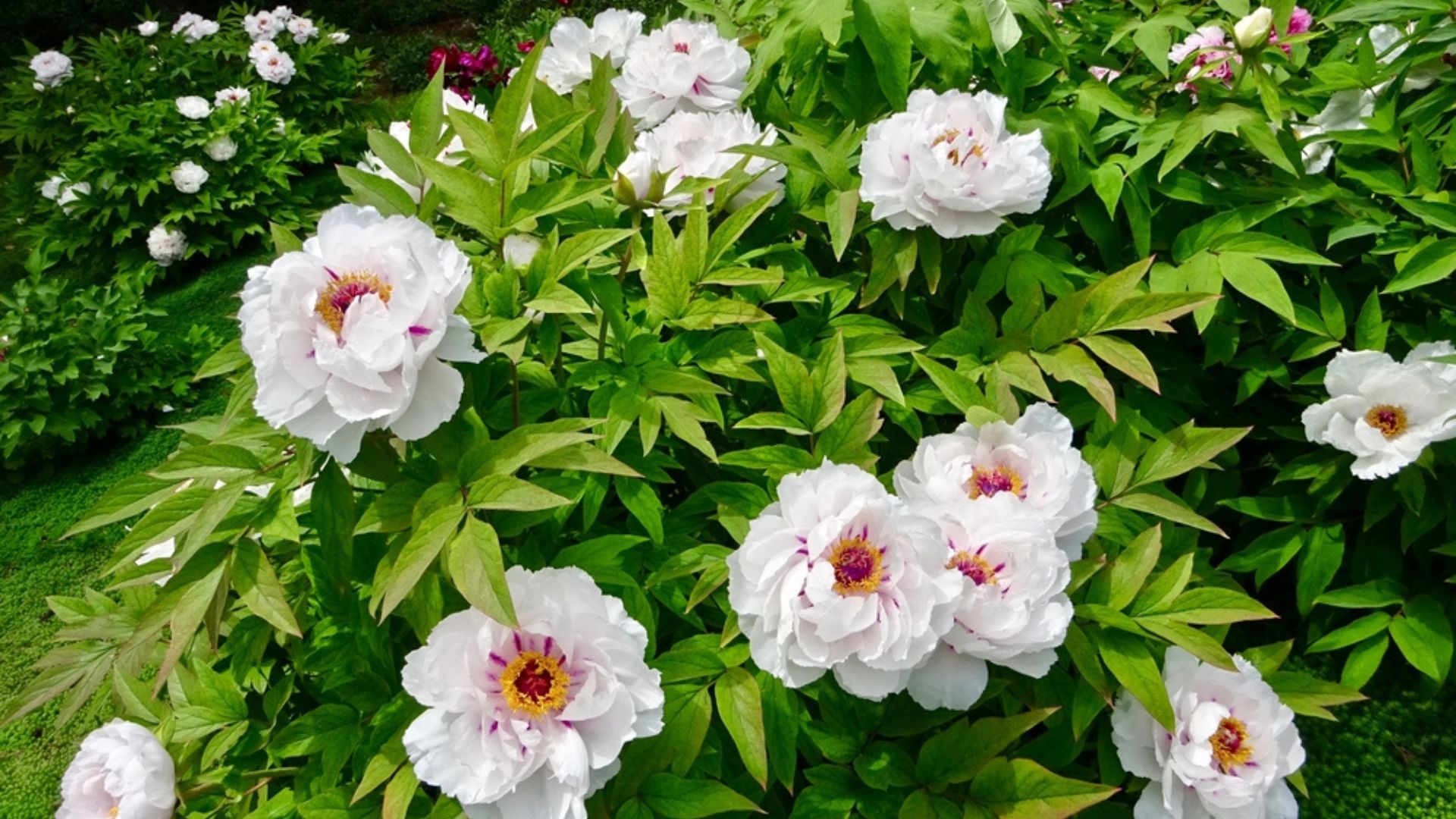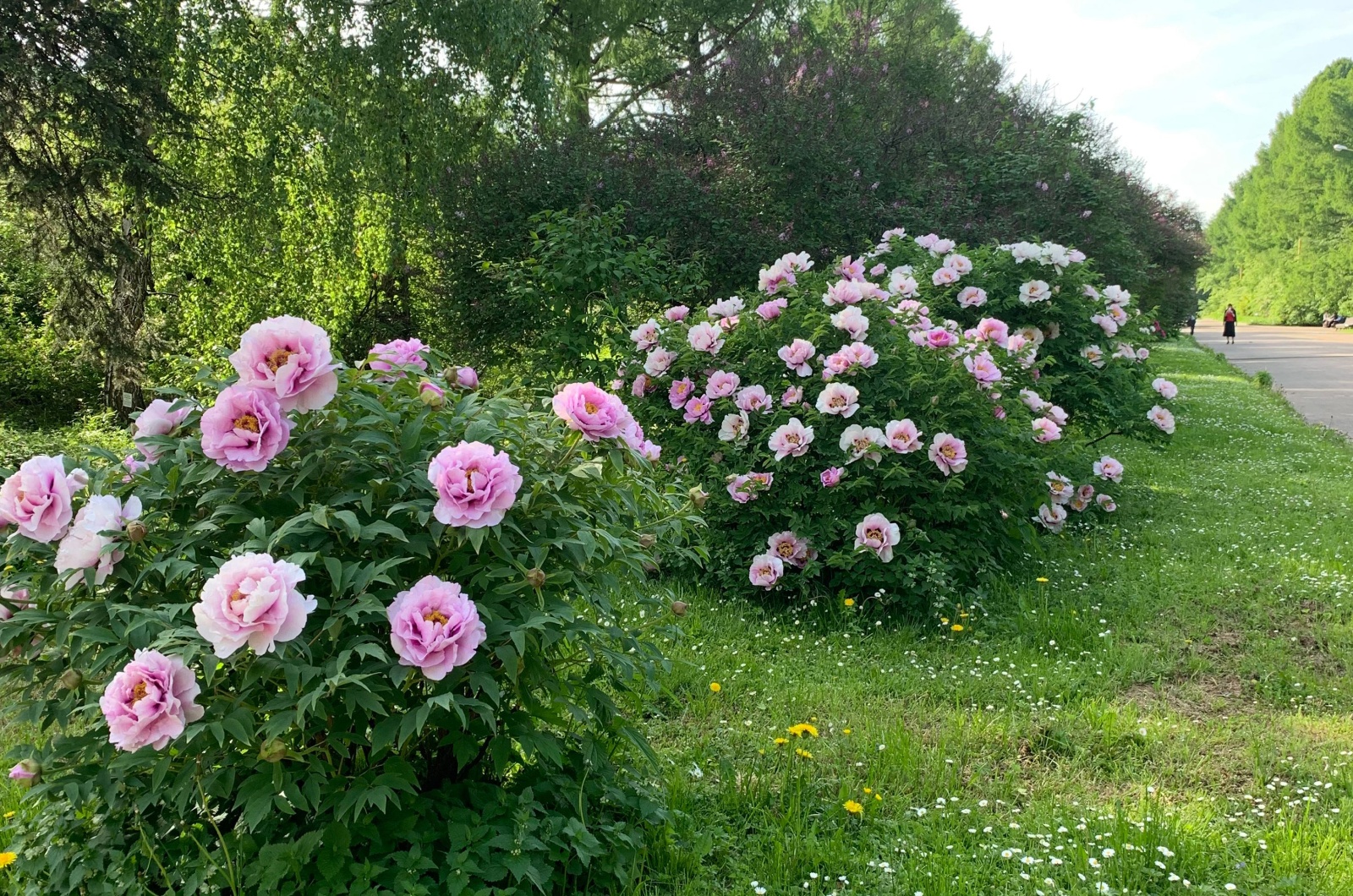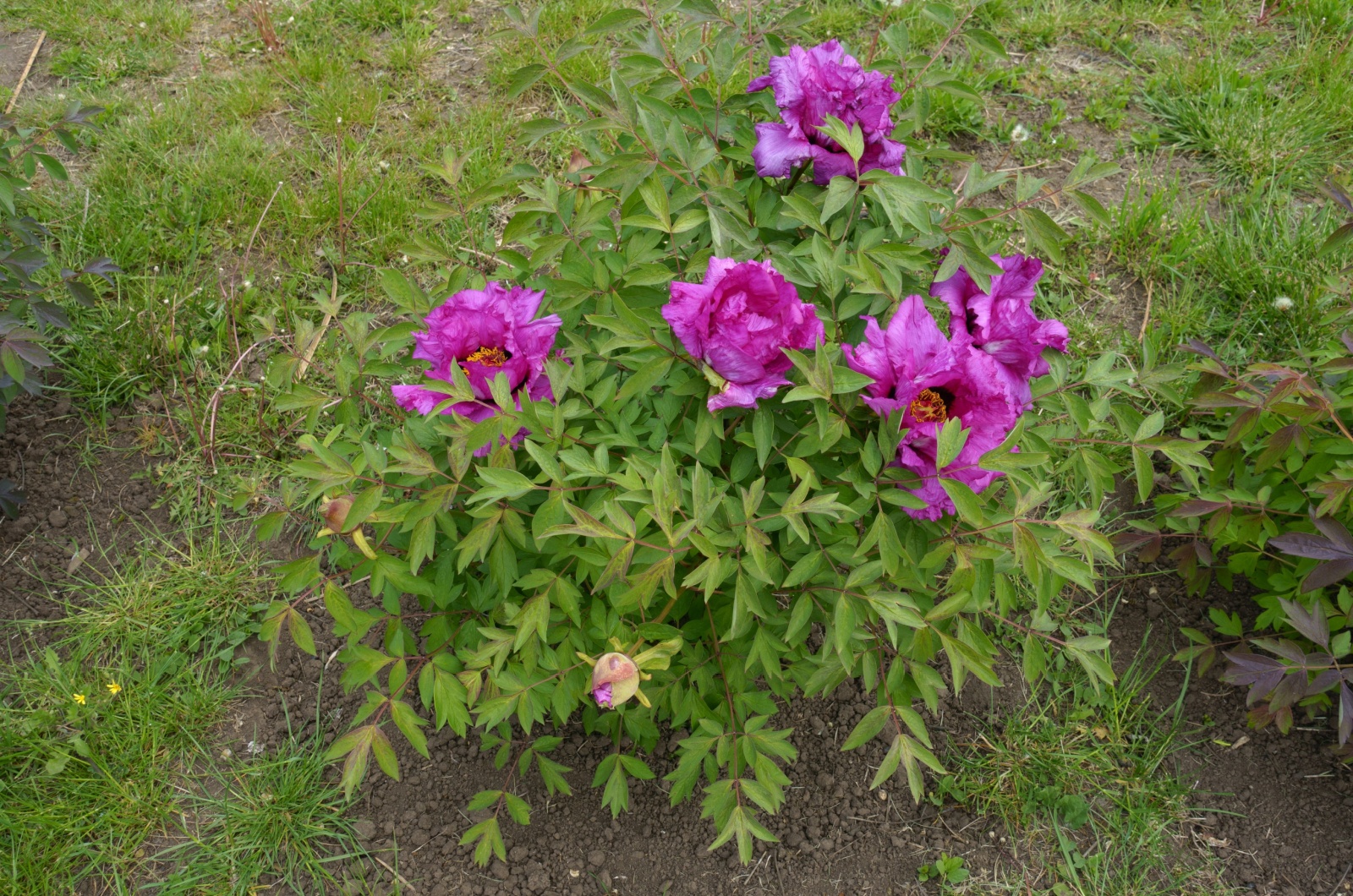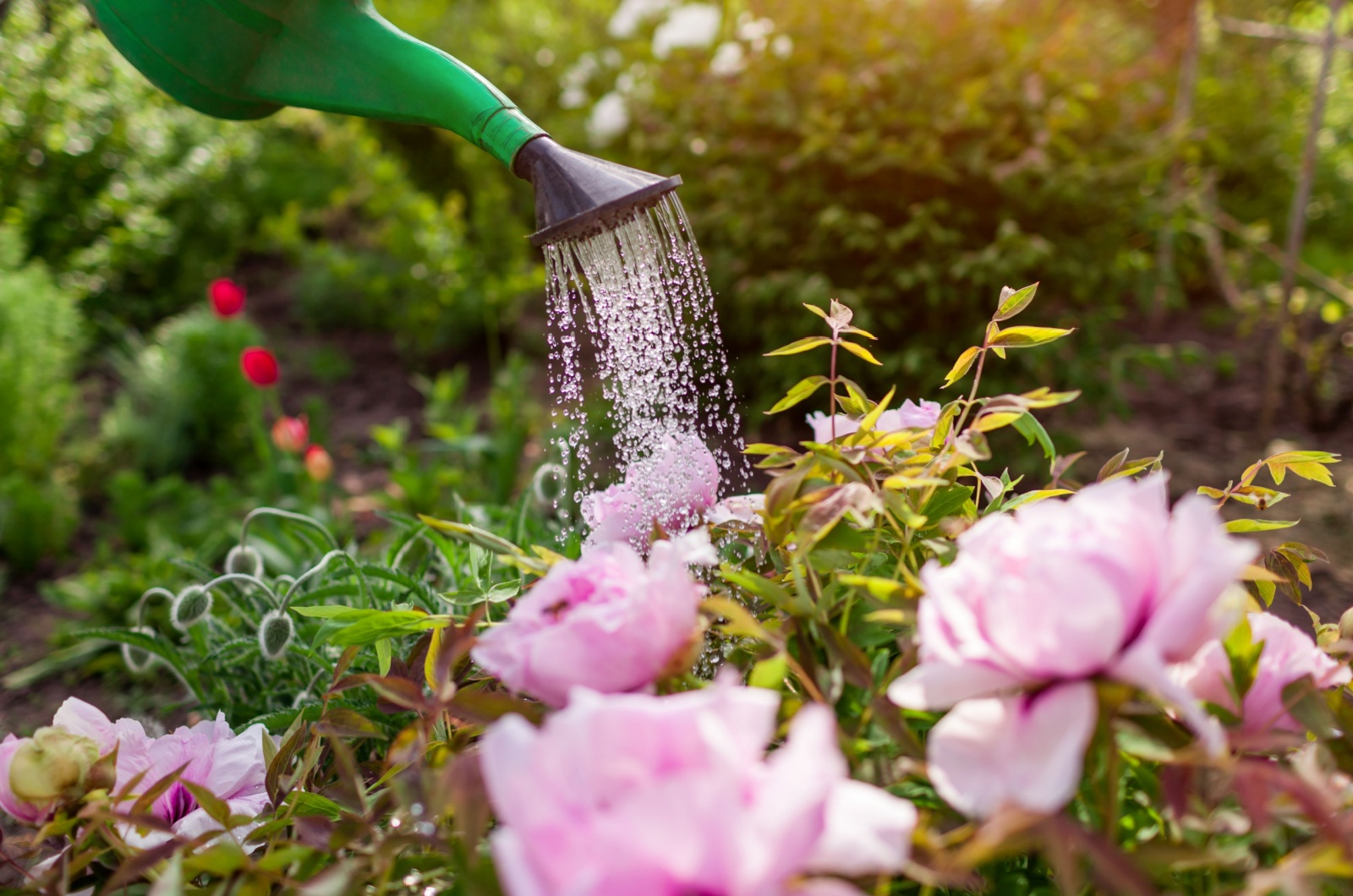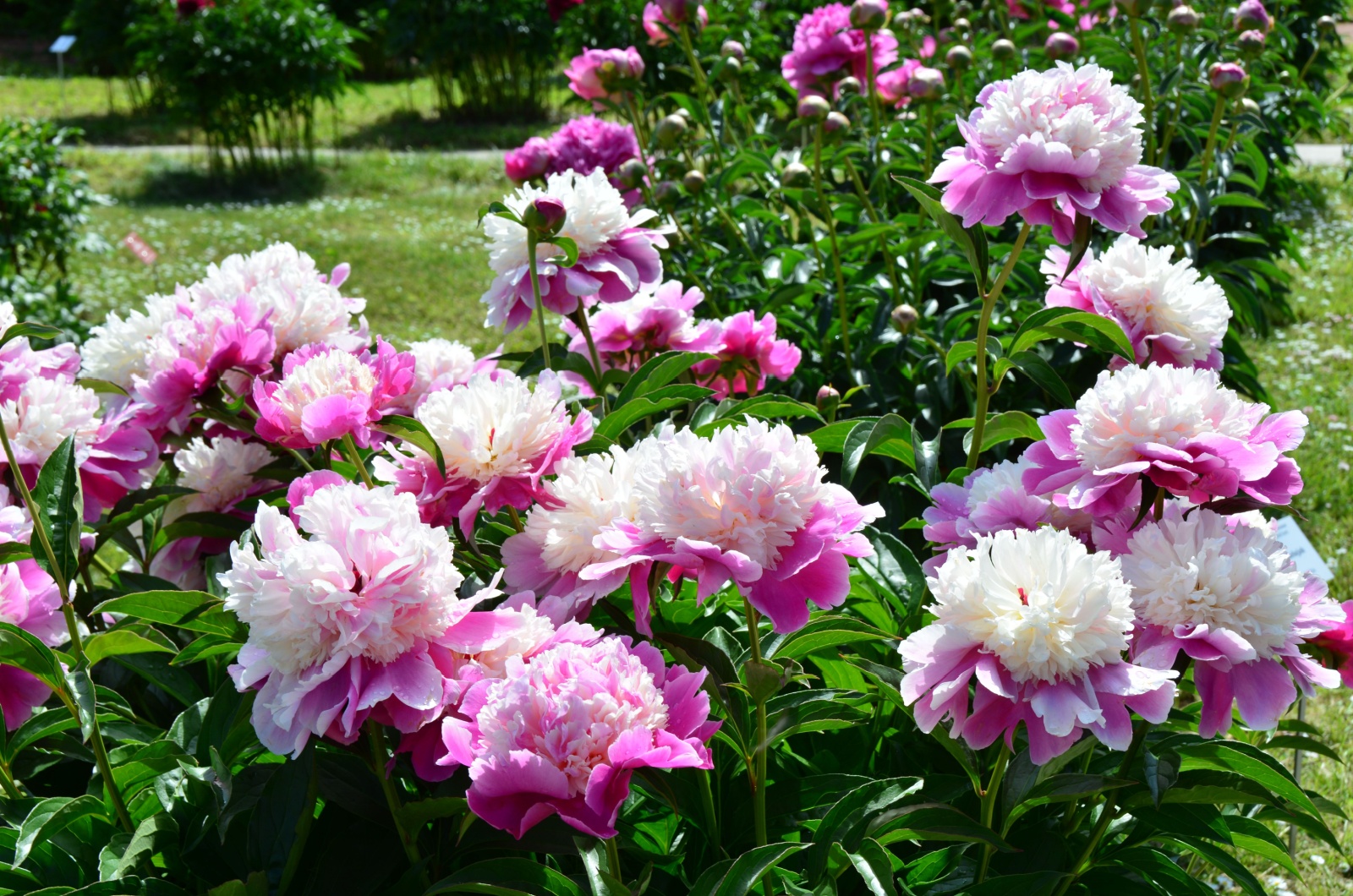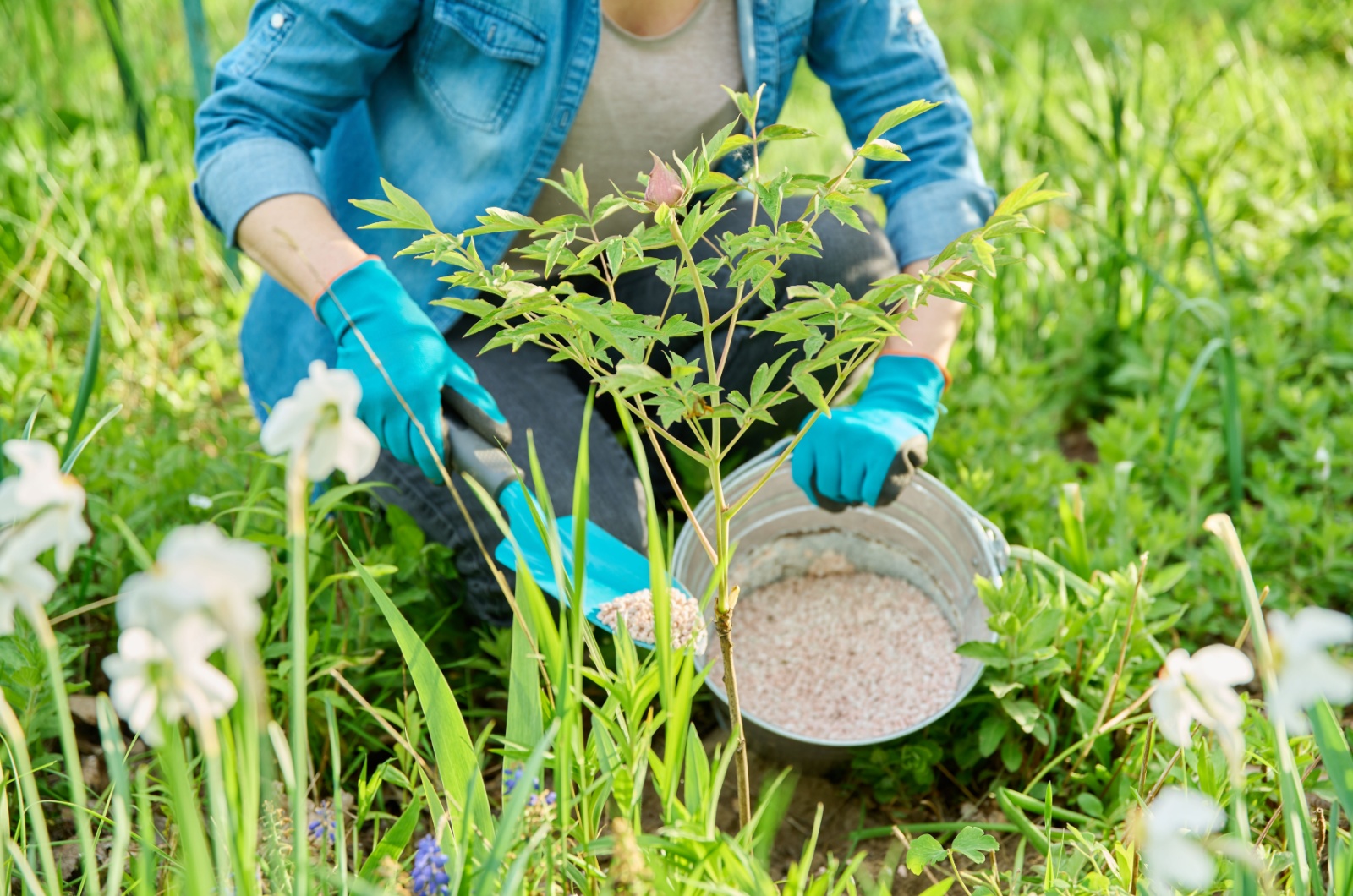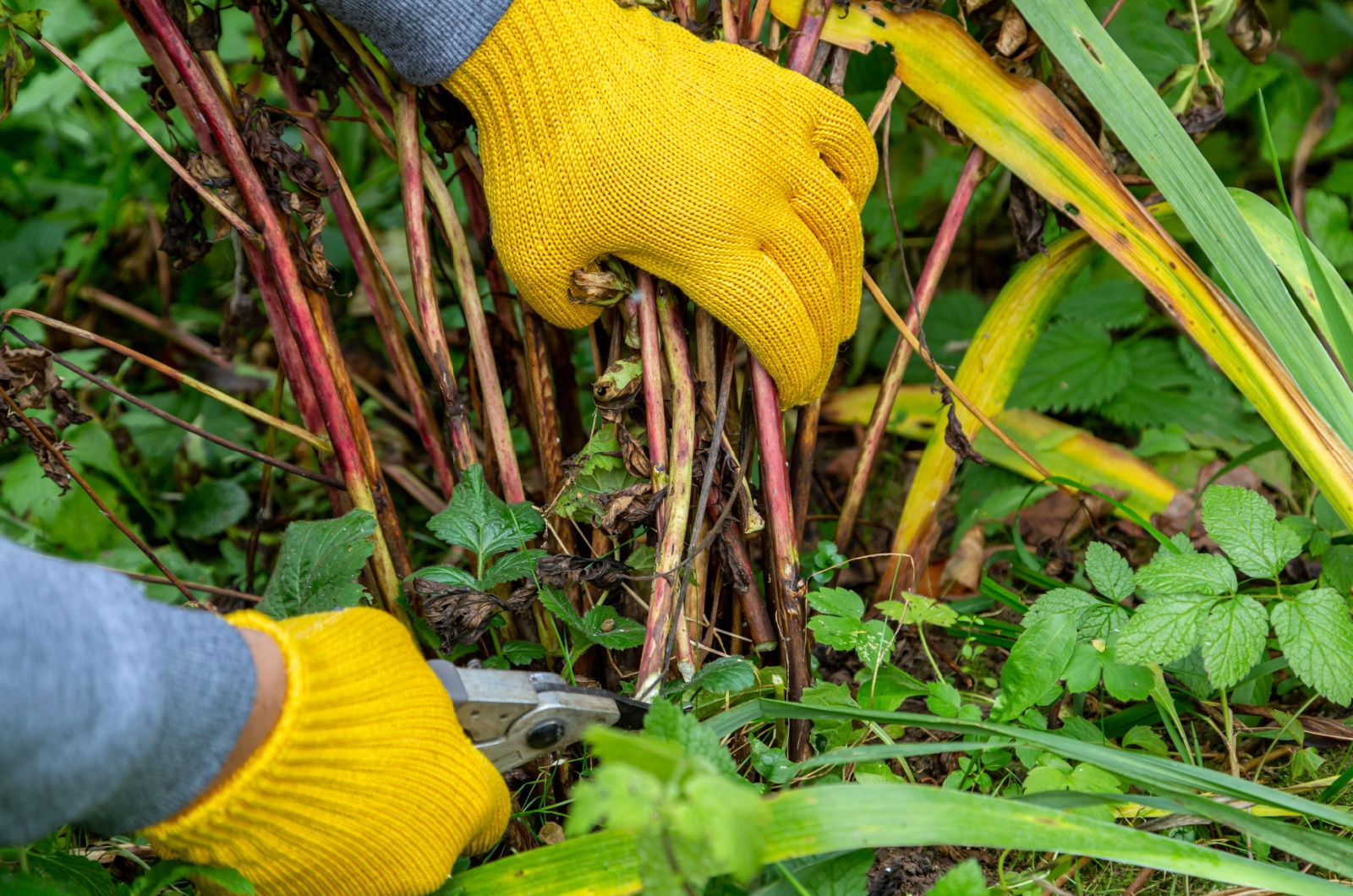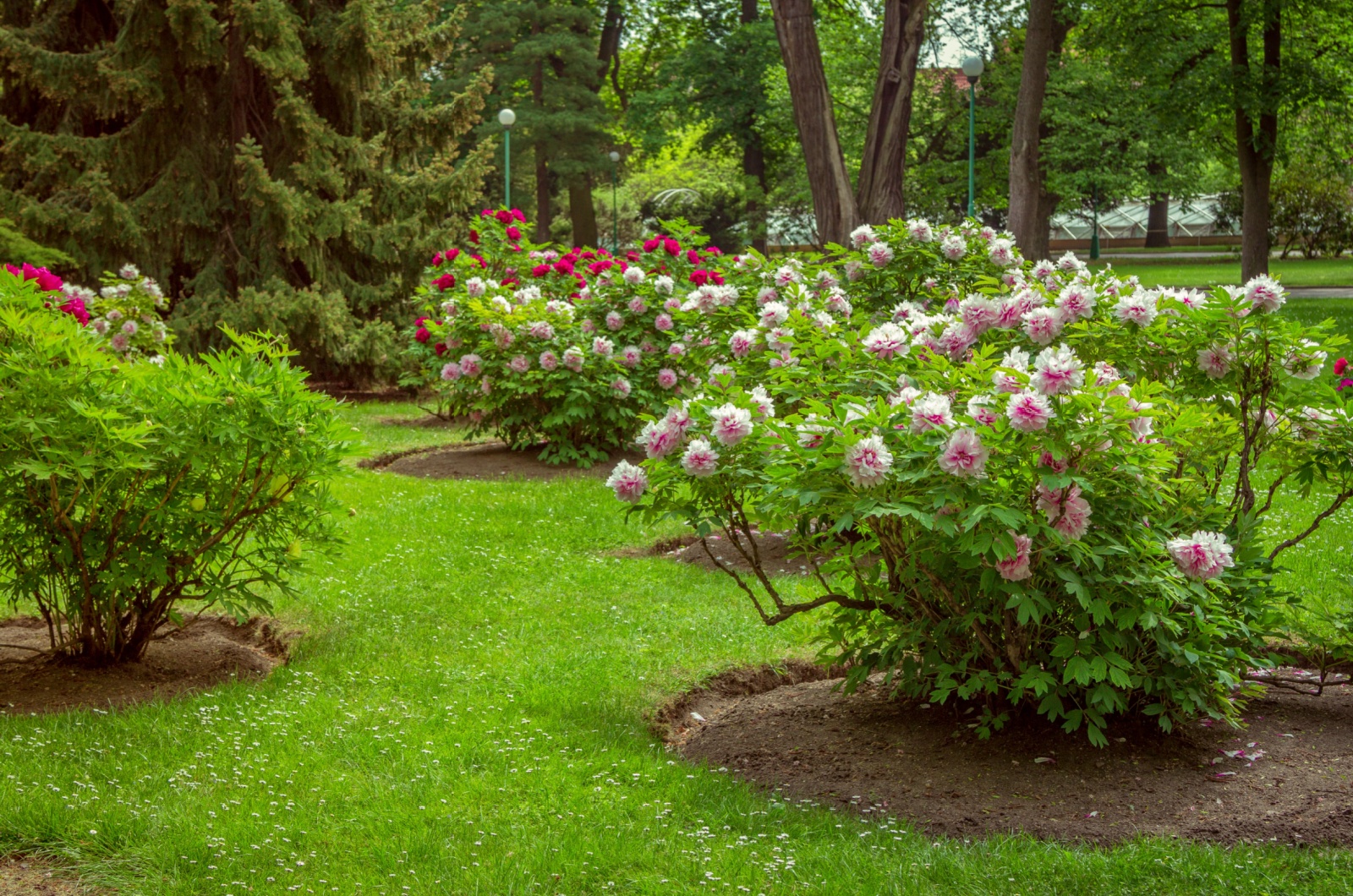Is there anyone who doesn’t like peonies? Didn’t think so! From beauty to scent, peonies have everything a gardener could dream of.
But what if I told you that you can take things to a whole new level and grow a tree peony? Yes, you read that right. It’s a close relative to standard herbaceous peonies and, although it looks like a tree, a more precise term would be shrub.
Whatever you call it, it’s a plant that will leave everyone spellbound. And if you don’t believe me, just take a look at the mesmerizing large blossoms. They unfurl their delicate petals in spring in hues of gleaming white, rosy pink, and sunlit yellow.
A tree peony won’t exceed 6 feet, making it perfect for growers who aren’t lucky enough to have large yards.
As an extra perk, you’ll enjoy the mesmerizing sight of pollinators bustling around the blossoms.
But to use all these benefits and have numerous blooms, you need to know what it takes for tree peonies to thrive. Don’t worry, I’ve got you covered!
Let’s Lay The Groundwork First!
I’ve already mentioned that these aren’t common peonies, but their appearance isn’t everything that makes them different.
Peonies are the ‘It’ Flower for 2024 and, while they look adorable, there’s one thing I’m not really fond of. Ants are common nuisances and they enjoy munching on peony blossoms until nothing is left.
Guess what? You won’t be dealing with ants if you switch to tree peonies! Their buds don’t produce the sweet sap, so ants stay away. Way to kick ant worries to the curb!
These peonies aren’t fast growers but I don’t think it is a problem as long as there are enough blossoms.
They’re also hardier than their herbaceous counterparts, so you can grow them outdoors in USDA zones 4 through 8.
I’ve had the Alice Harding variety for a long time and last year I added Boreas because its blooms are open and pollinators reach the nectar easily.
Dig Deeper! This Is The Ideal Soil For A Tree Peony
The two things that matter most when it comes to soil preferences of tree peonies are drainage and soil pH. Just like their cousins, tree peonies thrive in free-drainage growing substrates.
Be careful about clay soils because they hold too much moisture and peonies are generally prone to overwatering.
Tree peonies are more on the alkaline side, so before planting them I highly recommend performing a soil test. I always use a pH meter and I got one for $10 at Walmart. I guess that has been my best investment so far.
If you want to boost nutrients in the soil and help it retain more moisture, top it with leaf mulch.
Don’t Leave Your Tree Peonies Thirsty
I know I said tree peonies are prone to overwatering, but that doesn’t mean you can skip watering. They’ll actually need a lot of water during the growing season, especially when the temperatures are high.
Some gardeners stick to the rule of weekly watering but, if you ask me, that’s not a good method. Feeling the soil is the old-school technique and it works perfectly.
Simply put your finger in the soil and if it’s dry below the surface, water your tree peonies.
Leaves may turn brown or start dropping if your tree peony lacks water, so make sure not to leave it without water for too long.
Let There Be Light!
Tree peonies do enjoy full sun, but there’s a catch. Hot afternoon sun can quickly scorch the leaves and impact the overall appearance of these peonies.
I also noticed that blossoms tend to fade faster when they receive too much full sun.
The morning sun is actually the secret to captivating tree peony blossoms! Opt for a spot that will ensure some afternoon shade to prevent any issues.
Boost Growth With The Ideal Fertilizer
Peonies aren’t heavy feeders and tree peonies aren’t an exception. There’s no need to add fertilizer throughout the growing season.
I stick to the old rule: feed once in spring and again in the fall. My tree peonies do perfectly well with this schedule and are blooming abundantly.
Foliar feed is the best and cheapest option!
Finally, Prune To Perfection
And the last task on our tree peony to-do list is pruning. We mainly prune to maintain the desired shape. Of course, you’ll need to snip all the damaged, diseased, or dead leaves from your tree peony to help it focus its energy on new growth.
The biggest mistake you can make is to prune at the wrong time. Always trim when your tree peonies finish blooming but before they set new buds that will bloom the next spring!
To Pot Or Not To Pot?
You may not like to hear this, but potting up tree peonies isn’t a good choice. They simply can’t reach their full potential when grown in containers, so why waste time and effort?
When transplanting your peonies, opt for a spot where you won’t need to move them. I always recommend tree peonies as border plants.
Our tree peony adventure ends here, but yours is just the beginning! The magic of their mesmerizing blossoms awaits your garden’s touch!

